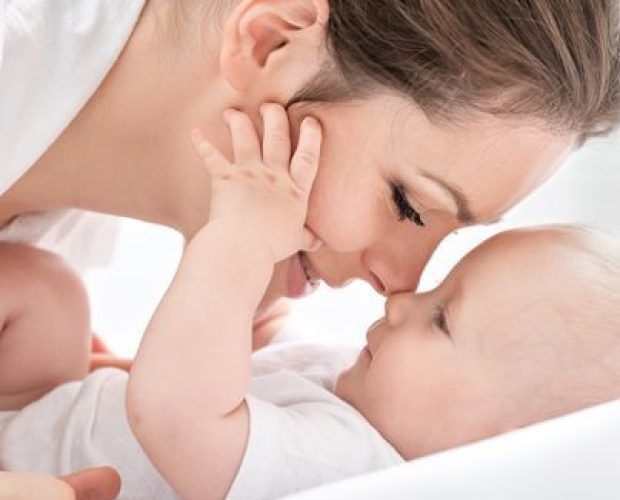World Diabetes Day took place on Tuesday this week, and there was a resounding urgency to raise further awareness of gestational diabetes which can occur in pregnancy – with one in seven births affected. A large number of women that develop Gestational Diabetes go on to develop type 2 diabetes in later life. My post below explains gestational diabetes (GDM) in more detail. What is Gestational Diabetes? In a previous post I explained that when a woman is pregnant, her body requires two to three times more insulin than when she is not pregnant. Gestational diabetes occurs when the body is not able to produce this increased insulin, leading to higher glucose levels than normal, as the action of insulin in the body is to reduce glucose levels. During your pregnancy at around 24-28 weeks you will have a Glucose Tolerance Test (GTT) to ensure your blood glucose levels are not higher than normal. If the glucose levels are abnormal, then it is at this stage that your obstetrician will diagnose gestational diabetes. Problems can arise in the pregnancy if gestational diabetes is not diagnosed and managed properly. It can lead to problems with the baby’s growth (usually leading to big babies, but sometimes there can also be growth restriction, leading to small babies), and the risk of stillbirth is increased in mismanaged or undiagnosed gestational diabetes. What happens if I am diagnosed with Gestational Diabetes? If you are diagnosed with gestational diabetes, the best way to manage it is with help from your Obstetrician, dietitian and diabetic educator, and your doctor who will provide you with help to manage your gestational diabetes. Daily management Blood glucose level monitoring It is extremely important to monitor the blood glucose levels during pregnancy once gestational diabetes has been diagnosed. This usually involves checking the blood glucose levels 4 times per day – before breakfast, and then two hours after each main meal (breakfast, lunch, dinner). The current targets for blood glucose levels are: Fasting (pre-prandial) <5.1 mmol/L 2 hours after meals (post prandial) <6.8 mmol/L The targets are stricter than the targets used for […]













